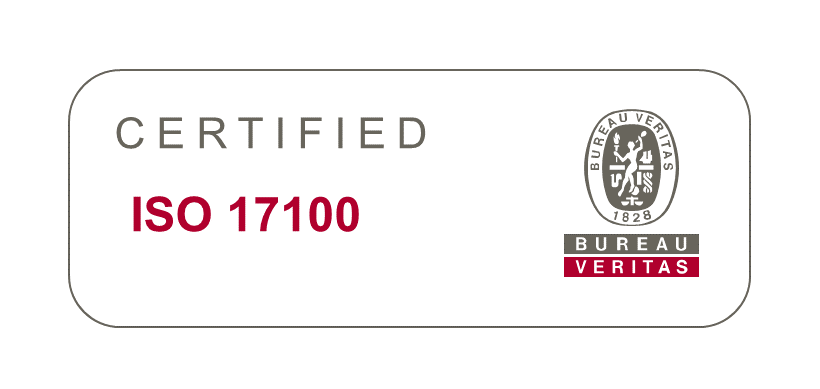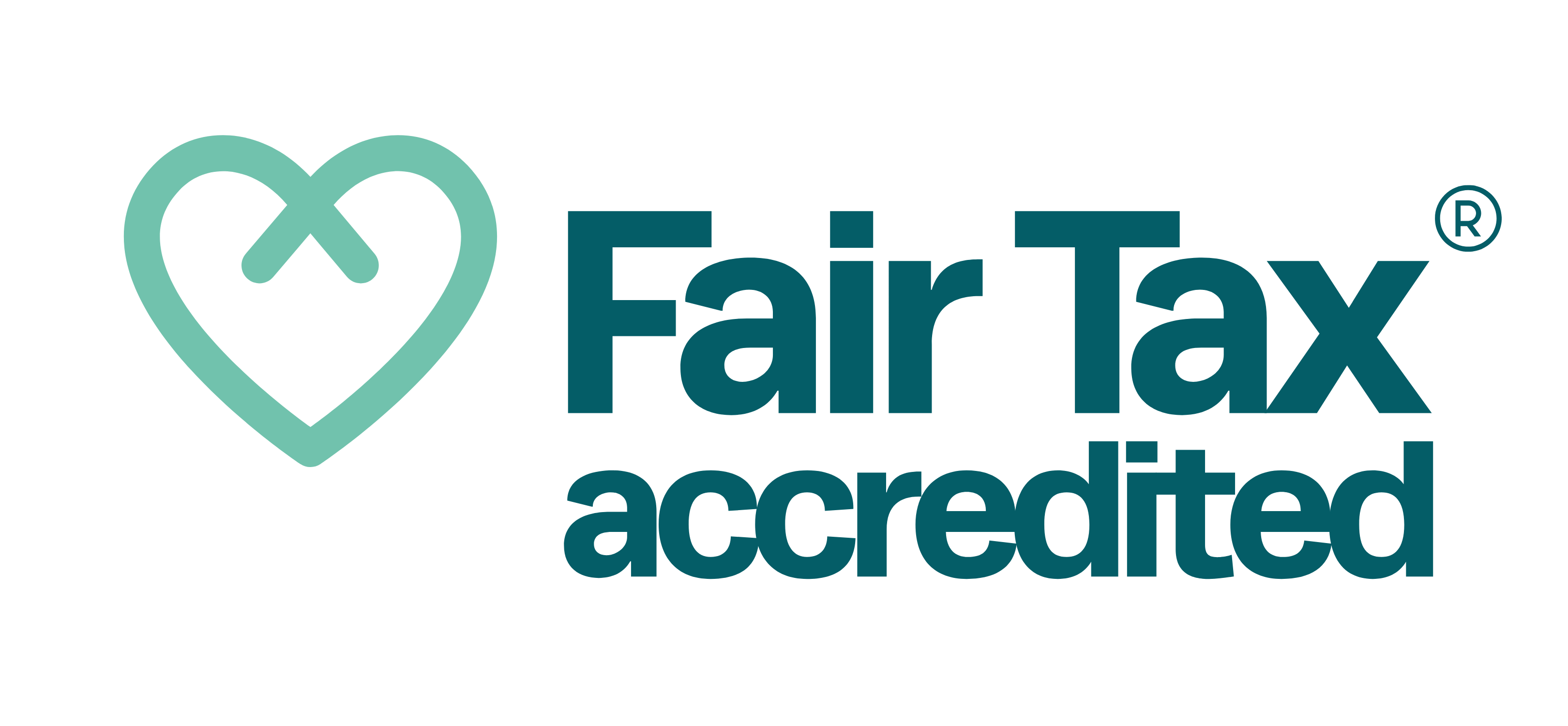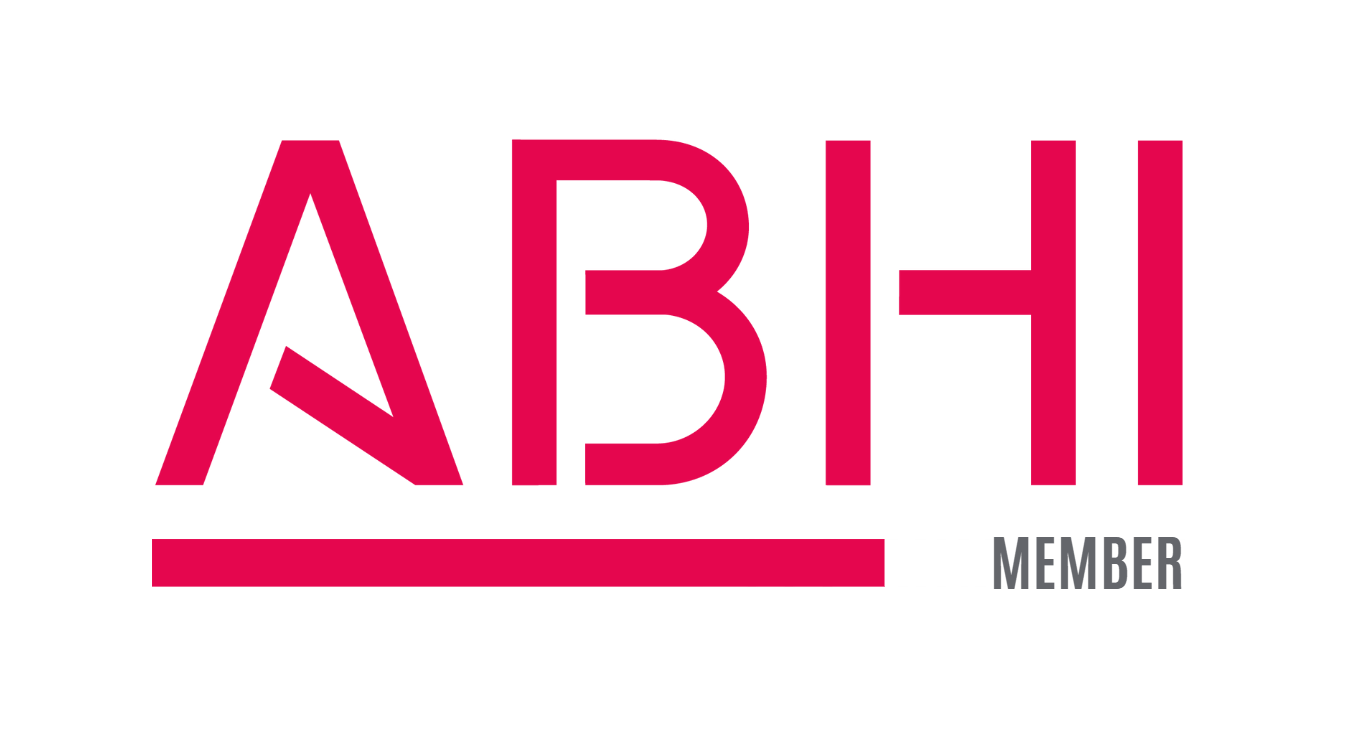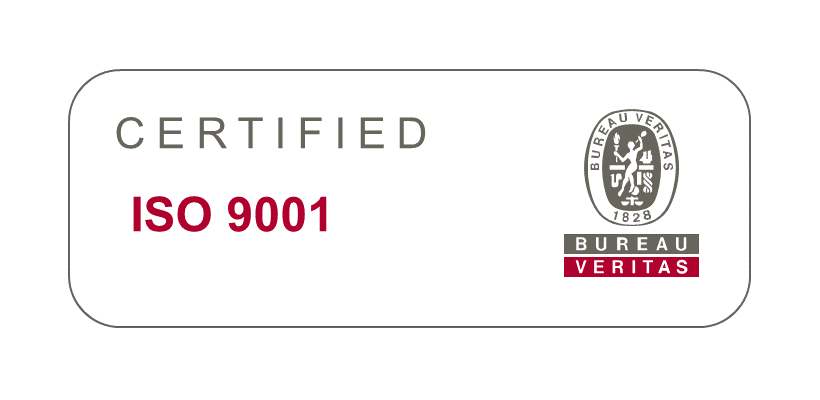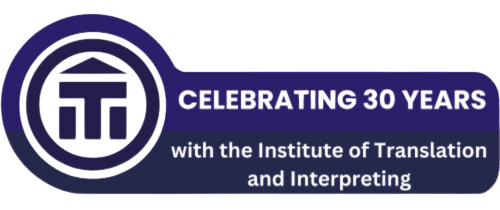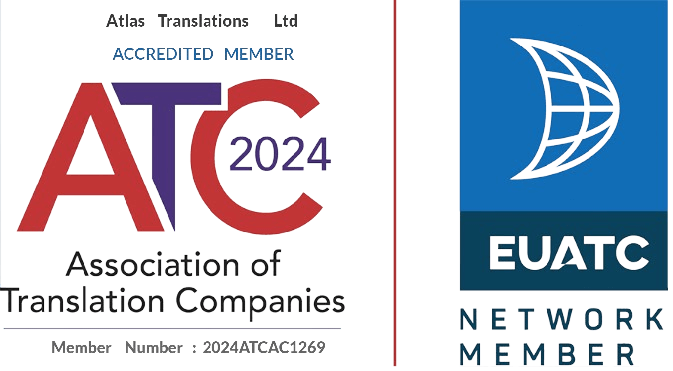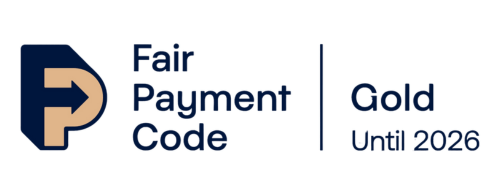Here at Atlas we do get a reasonable amount of English to Mongolian translation work, but it must be one of the languages the public know the least about, let alone know any actual Mongolian words and phrases. But we, obviously, know people who do. If you need Mongolian translation or interpreting services please contact us today on 01727 812 725, use the Live Chat option to chat to a real person right now, or email us at team@atlas-translations.co.uk.
In the mean time, let’s start with a few basic facts. And Genghis Khan.
Mongolian is spoken by about five million people in Mongolia, China, Afghanistan and Russia, and is one of the oldest languages in the world. It’s one of the least spoken languages of the world. The influence of Mongolian in the region has also lessened as Chinese languages become more significant.
Genghis Khan (the most famous Mongolian?) could not read or write, but he commissioned the first Mongolian writing system – the Mongolian script. When we say commissioned, actually he captured their scribe, Tatar-Tonga, who apparently adapted the Old Uyghur alphabet to write Mongolian. It has evolved and grown ever since.
In 1567 the translator and scholar Ayuush Güüsh added extra letters to the traditional Mongol script to make it possible to write loanwords from Tibetan, Sanskrit and Chinese in Mongolian texts. This version of the script is the Galik script.
In the late 17th century a Mongolian monk and scholar called Bogdo Zanabazar created a new script for Mongolian called Soyombo, which could also be used to write Chinese and Sanskrit. It was used mainly for Mongolian translations of Buddhist texts and in temple inscriptions. Translators are always needed!
In February 1941, the Mongolian government abolished the traditional Mongolian script and from 1st February to 25 Match 1941 Mongolian was written with a version of the Latin alphabet. Since the Soviet period, Mongolians have used the Cyrillic script. In Mongolian the verb comes last, which means you have to wait to the end of sentence to find out if someone likes you or otherwise.
The official reasons for abandoning the Latin alphabet was because the spelling system used did not represent the sounds of Mongolian very well, however books and newspapers were published in the Latin alphabet, and the decision to switch to the Cyrillic alphabet could well have been political.
Since 1994 there have been efforts to reintroduce the traditional Mongolian script and it is now taught to some extent in schools, though is mainly used for decorative purposes by artists, designers, calligraphers and poets. The average person in Mongolia knows little or nothing about the traditional Mongol script, though there is high literacy in Cyrillic.
Notable features of Traditional Mongolian:
- Type of writing system: phonemic alphabet with separate letters for consonants and vowels
- Direction of writing: left to right in vertical columns running from top to bottom
- The letters have a number of different shapes, the choice of which depends on the position of a letter in a word and which letter follows it
- The Mongolian script is traditionally taught as syllables rather than individual letters.
It’s always interesting to look at proverbs in other languages, and Mongolian ones are no exception. My personal favourite, to be used when someone sneezes, translates as “God bless you and may your moustache grow like brushwood.”
Here are some other ones:
- What is a joke for a cat will be death for a mouse
- If you want to build high, you must dig deep
- It is easier to catch an escaped horse than to take back an escaped word
- The meat-biting tooth is in the mouth; the man-biting tooth is in the soul
- The supreme treasure is knowledge, the middle treasure is children, and the lowest treasure is material wealth
- A man fails seven times and rises eight times
- Do not start if afraid, once begun do not be afraid
- Each country’s customs are different, just as each meadow’s grass is different.
At Atlas we’re always interested in non-native speakers in languages, but have been a bit stumped by Mongolian. I did find many interesting Mongolians, including Jügderdemidiin Gürragchaa, astronaut and politician. First Mongolian in space, and then defence minister. That’s quite a career. He now he heads the fund for development of bandy in Mongolia. Yes, bandy. I had to look it up. Bandy is a team winter sport played on ice – and it was invented here in the UK apparently. The things you learn working at a translation agency…
You need Mongolian translation?
If you are looking for translation, transcription and interpreting services in Mongolian we can help.
Since 1991, we have reference-checked and approved more than 4000 linguists based across the globe, proficient in more than 340 languages and dialects – includingMongolian. They are professionally qualified, many are DBS (formerly CRB) checked, and each is selected for their specialist sector knowledge and experience.
To discuss your Mongolian language translation needs, contact Atlas Translations today. Call us on 01727 812 725 to let us know what you need and we can let you know straightaway if we can help. Send us an email to team@atlas-translations.co.uk. We respond quickly to all email enquiries. Or use the little icons here on the website for live chat (it really is one of us) or to request a call back within 27 seconds.


